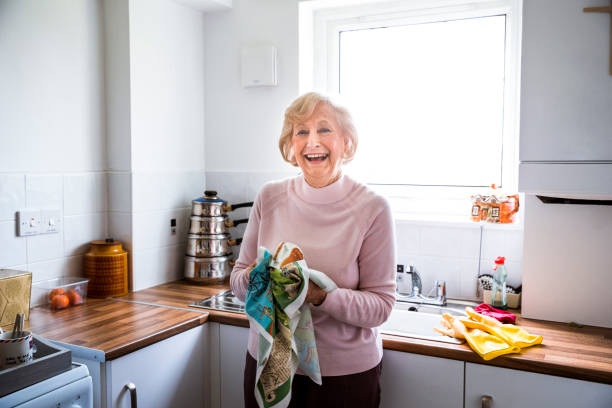Proper food storage is a crucial aspect of maintaining food safety, reducing waste, and extending the shelf life of your groceries. Whether you're a culinary enthusiast or simply trying to keep your kitchen well-organized, the way you store your food matters. In this guide, we'll explore the importance of choosing the right containers and techniques for effective food storage.
The Importance of Effective Food Storage
Before we dive into the details, let's consider why effective food storage is so essential. There are several key reasons:
-
Food Safety: Keeping your food in optimal conditions prevents bacterial growth, contamination, and foodborne illnesses. Proper storage safeguards your health.
-
Food Quality: The right storage methods help retain the flavor, texture, and nutritional value of your food. You can enjoy fresher, tastier meals.
-
Waste Reduction: Storing food properly reduces waste by preventing spoilage. This not only saves money but also minimizes your environmental footprint.
-
Cost Savings: By extending the shelf life of your groceries, you'll shop less frequently, save money, and reduce food expenses.
-
Organization: An organized food storage system makes meal planning and cooking more efficient, saving you time and stress.
Now, let's explore the essential components of effective food storage.
Selecting the Right Containers
Airtight Containers
Airtight containers are a staple for food storage. These containers create a sealed environment that keeps air and moisture out, preserving the freshness of your ingredients. Consider using airtight containers for:
-
Dry goods: Flour, sugar, pasta, rice, and cereals.
-
Leftovers: Store meals in airtight containers to prevent flavor contamination and maintain freshness.
-
Herbs and spices: Keep herbs and spices in airtight jars to preserve their potency.
Glass Containers
Glass containers are an excellent choice for storing both cold and hot foods. They are non-toxic and do not absorb odors or stains. Additionally, glass allows you to see the contents, making it easy to identify what's inside.
-
Salads and meal prep: Use glass containers for salads, soups, or meals you plan to reheat.
-
Marinating: Glass containers are ideal for marinating meats, as they won't react with acidic ingredients.
Mason Jars
Mason jars are versatile and perfect for preserving homemade jams, pickles, and sauces. They are also great for salads, parfaits, and overnight oats. Mason jars provide a charming presentation and are easy to stack in your pantry.
Effective Food Storage Techniques
Labeling
Labeling your containers with the date and contents helps you keep track of freshness. Use a label maker or simple masking tape and a marker for this purpose. Proper labeling prevents mystery items from lingering in your refrigerator or pantry.
FIFO (First In, First Out)
Adopt the FIFO method to ensure you use your oldest food items first. When you shop, place newer items at the back and older items at the front. This minimizes waste and ensures you don't forget about items hidden at the back.
Proper Temperature
Different foods have different temperature requirements. For instance, your refrigerator should maintain a temperature of 40°F (4°C) or lower to keep perishables safe. Learn the optimal storage temperatures for various food items and set your appliances accordingly.
Freezing
Freezing is an excellent way to extend the shelf life of many foods, including meat, fruits, and vegetables. However, it's essential to follow proper freezing techniques, such as vacuum sealing, to prevent freezer burn and maintain food quality.
Conclusion
Effective food storage is a vital skill that every home cook and food enthusiast should master. By choosing the right containers and implementing proper storage techniques, you can enhance food safety, quality, and your overall cooking experience. Plus, it's a sustainable practice that helps reduce waste and save money. So, get your storage containers ready, organize your pantry, and start storing your food with care. Your taste buds and wallet will thank you in the long run.
Happy cooking and happy storing!

